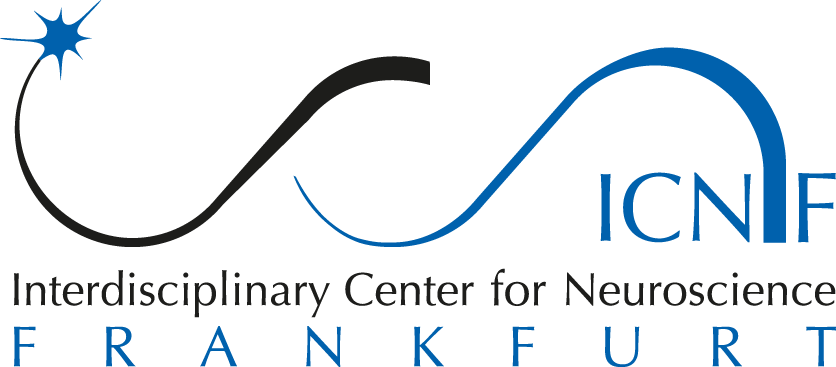
PD Dr. Daniela Sammler
Research Group
Neurocognition of Music and Language
Max Planck Institute for Empirical Aesthetics
Grüneburgweg 14
D-60322 Frankfurt/Main
+49 (0)69 8300 479 850
E-Mail: daniela.sammler@ae.mpg.de
Scientific Focus
Music and language (M&L) are uniquely human capacities. Often their boundaries are blurred—in song and poetry, or in the melodic way we communicate with infants; and most certainly, M&L share a number of design features, such as their “syntactic” structures and dynamics of rhythm and melody. Although M&L are by no means identical, they may be similar enough for the brain to apply similar “solutions” to their perception and production—shared solutions that may account for music–language synergies and hold promise for rehabilitation and pedagogy. The degrees to which human cognition dissociates or integrates M&L, and how M&L are grounded neurally and linked both cognitively and aesthetically, are questions that the Research Group Neurocognition of Music and Language aims to tackle. To that end, we combine modern neuroscientific methods (e.g., fMRI, M/EEG, and TMS) with perspectives from linguistics, music theory, and cognitive psychology; systematically deconstruct and compare perceptual, cognitive, and expressive stages of M&L processing; and explore their underlying neural networks and inner dynamics.
Methods
Psychophysics and behavioural measures, structural and functional MRI, M/EEG, ECoG, TMS in healthy adults, neurological patients (stroke, epilepsy), and professional musicians
Selected Publications
Sammler, D. (2020). Splitting speech and music. Science, 367(6481), 974-976.
Harding, E. E., Sammler, D.*, Henry, M. J.*, Large, E., Kotz, S. A. (2019). Cortical tracking of rhythm in music and speech. NeuroImage, 185, 96-101. * equal contribution
Bianco, R., Novembre, G., Keller, P. E., Villringer, A., Sammler, D. (2018). Musical genre-dependent behavioural and EEG signatures of action planning. A comparison between classical and jazz pianists. NeuroImage, 169, 383-394.
Hellbernd, N., Sammler, D. (2018). Neural bases of social communicative intentions in speech. Social Cognitive and Affective Neuroscience, 13, 604-615.
Sammler, D., Grosbras, M.-H., Anwander, A., Bestelmeyer, P. E. G., Belin, P. (2015). Dorsal and ventral pathways for prosody. Current Biology, 25, 3079-3085.
